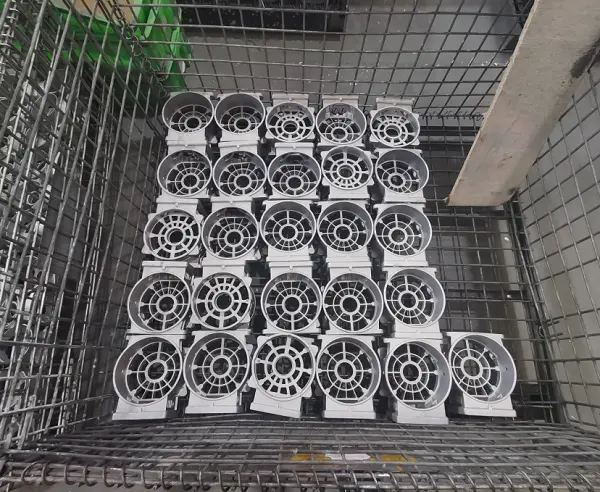
Knowledge
Quality Control and Defect Analysis of Die Castings

Common Defect Types
During the production process of die-castings, various defects may occur, which can affect the appearance, dimensional accuracy, and mechanical properties of the castings. The following are some common types of defects in die-castings:
Porosity: Small circular or elliptical holes of varying sizes exist inside or on the surface of the casting, usually caused by gases in the mold cavity not being discharged in time or gases trapped in the molten metal.
Shrinkage cavity: Holes formed inside the casting due to the contraction of the molten metal, commonly found in thick-walled sections of the casting, caused by uneven cooling rates.
Cold lap: Linear or irregular depressed lines formed at the junction of two metal flows that failed to fully fuse, affecting the strength of the casting.
Inclusion: Small particles or fibrous impurities present inside or on the surface of the casting, usually due to impurities not being completely removed during the melting process.
Crack: Cracks existing inside or on the surface of the casting, possibly caused by thermal stress during the cooling process of the casting or inherent defects in the material.
Deformation: Distortion of the casting during cooling or demolding due to uneven contraction, affecting the dimensional accuracy and appearance of the casting.
Burrs and flash: Excess material formed at the edges of the casting due to molten metal overflow or improper mold closure, which needs to be removed through post-processing.
Quality control measures
To ensure the quality of die-cast parts, a series of quality control measures need to be taken, with strict control over each stage from raw materials to finished products:
Raw material control: Ensure that the metal alloys used meet quality standards, and monitor the quality of raw materials through chemical analysis and physical property tests.
Mold maintenance: Regularly inspect and maintain molds to ensure dimensional accuracy and surface finish, and promptly repair or replace worn mold components.
Melting process control: Monitor melting temperature to ensure the purity of the molten metal, and reduce inclusions in the molten metal through degassing and refining processes.
Die-casting parameter optimization: Adjust injection speed, pressure, and mold temperature parameters to reduce the occurrence of porosity and shrinkage cavities, and ensure uniform filling of the molten metal.
Cooling system design: Design an effective cooling system to ensure uniform cooling of the castings, reducing thermal stress and deformation.
Post-processing and finishing: Perform deburring, grinding, and heat treatment on the castings to improve surface quality and eliminate internal stresses.
Quality inspection: Use non-destructive testing methods such as X-ray inspection and ultrasonic testing, as well as dimensional measurement and mechanical property testing, to conduct comprehensive quality inspection of the castings.
Continuous improvement: Continuously optimize the die-casting process through data analysis and defect feedback to improve product quality and production efficiency.
Through the above quality control measures, defects in die-cast parts can be effectively reduced, enhancing product reliability and market competitiveness.
Vigor team have rich experience on die-castings. If any question or any demands we can help, please feel free to contact us at info@castings-forging.com



